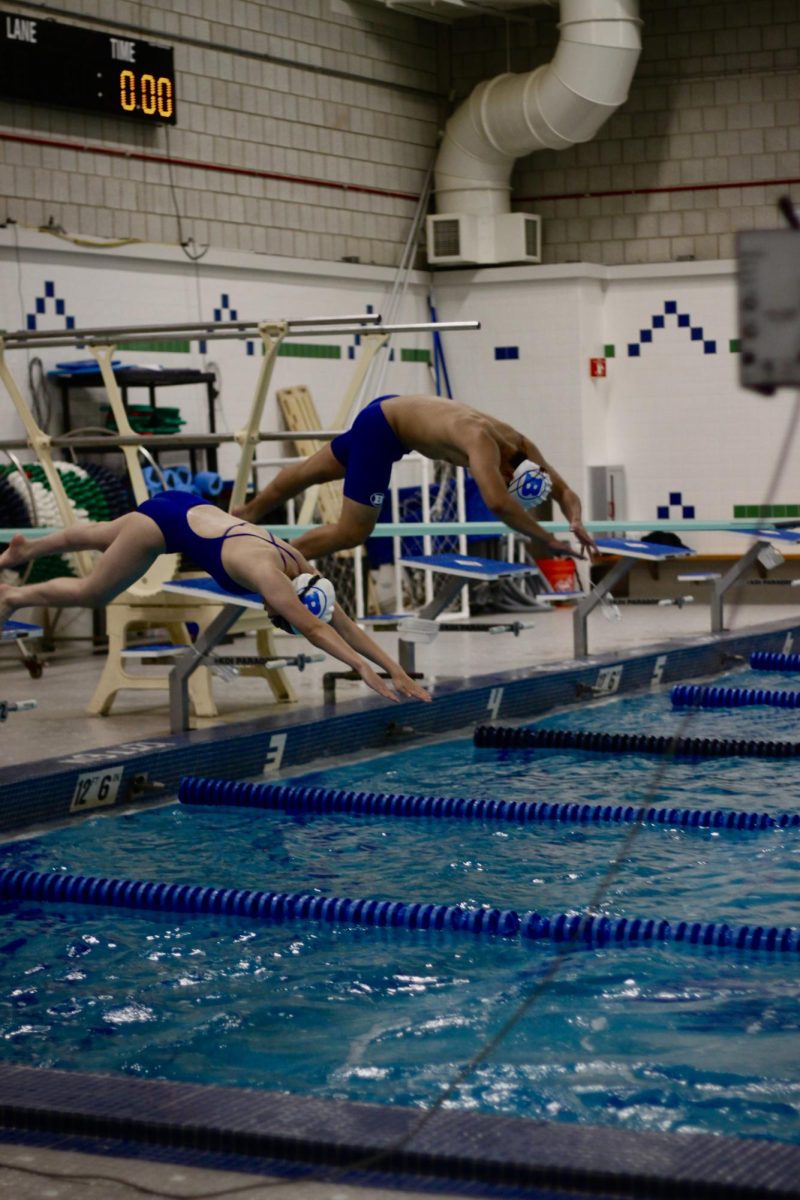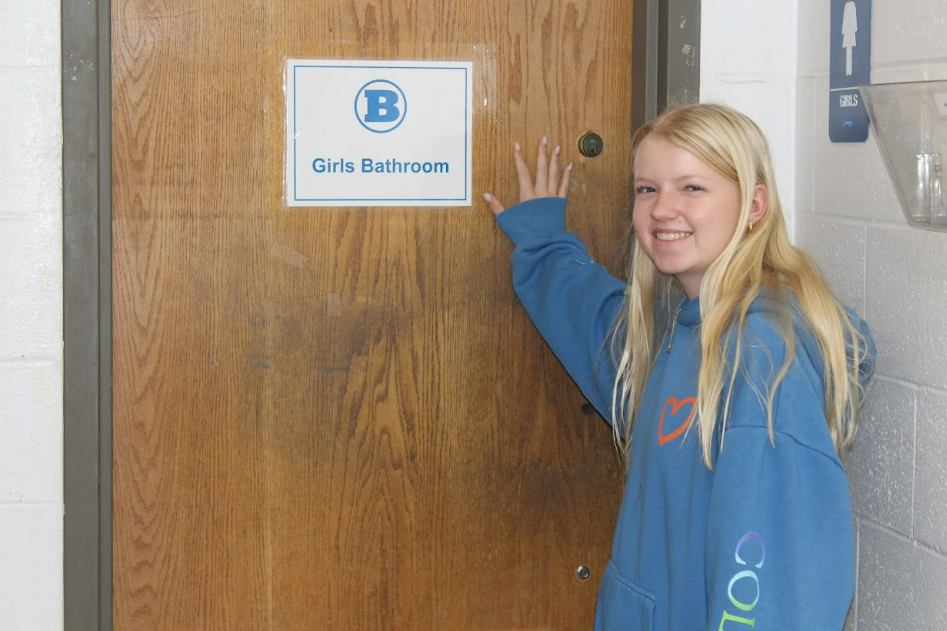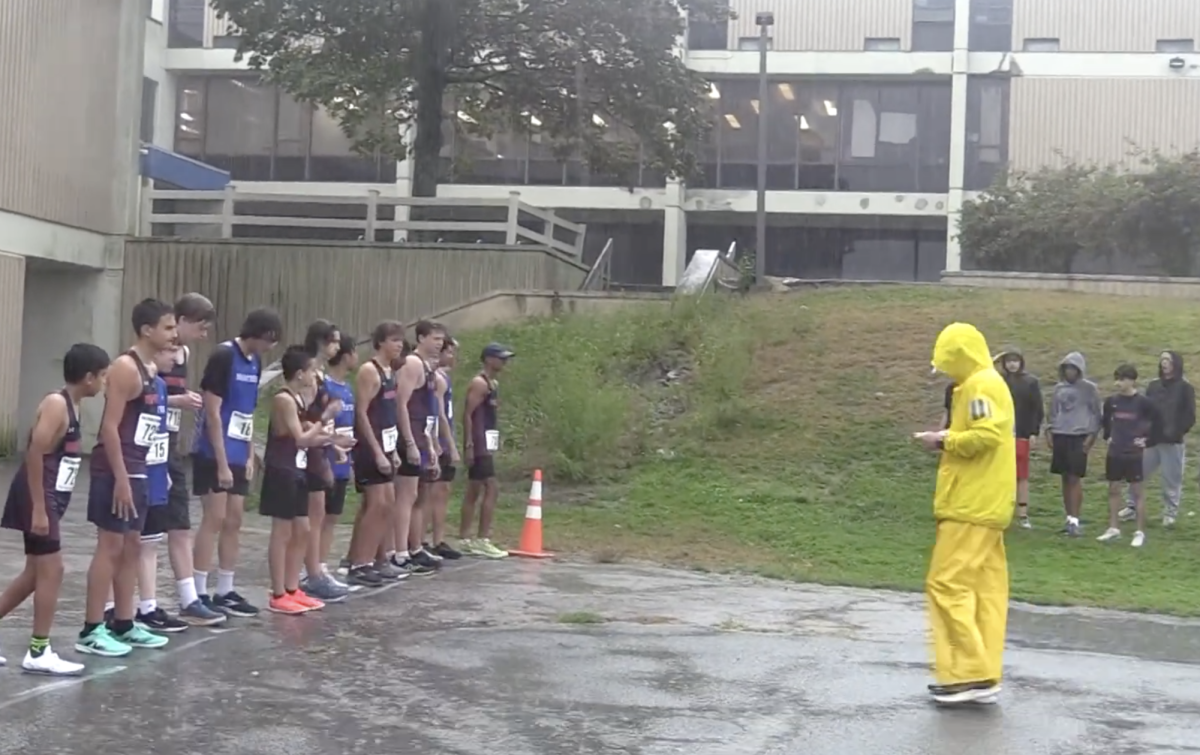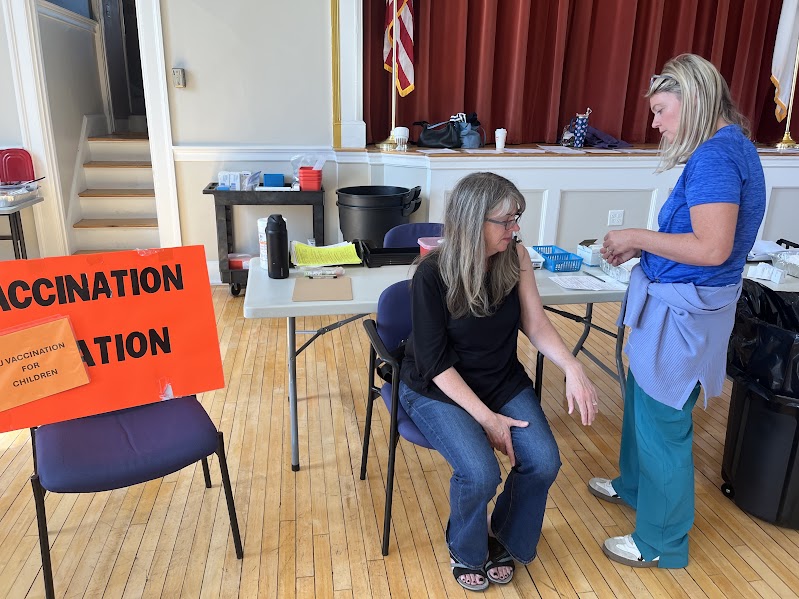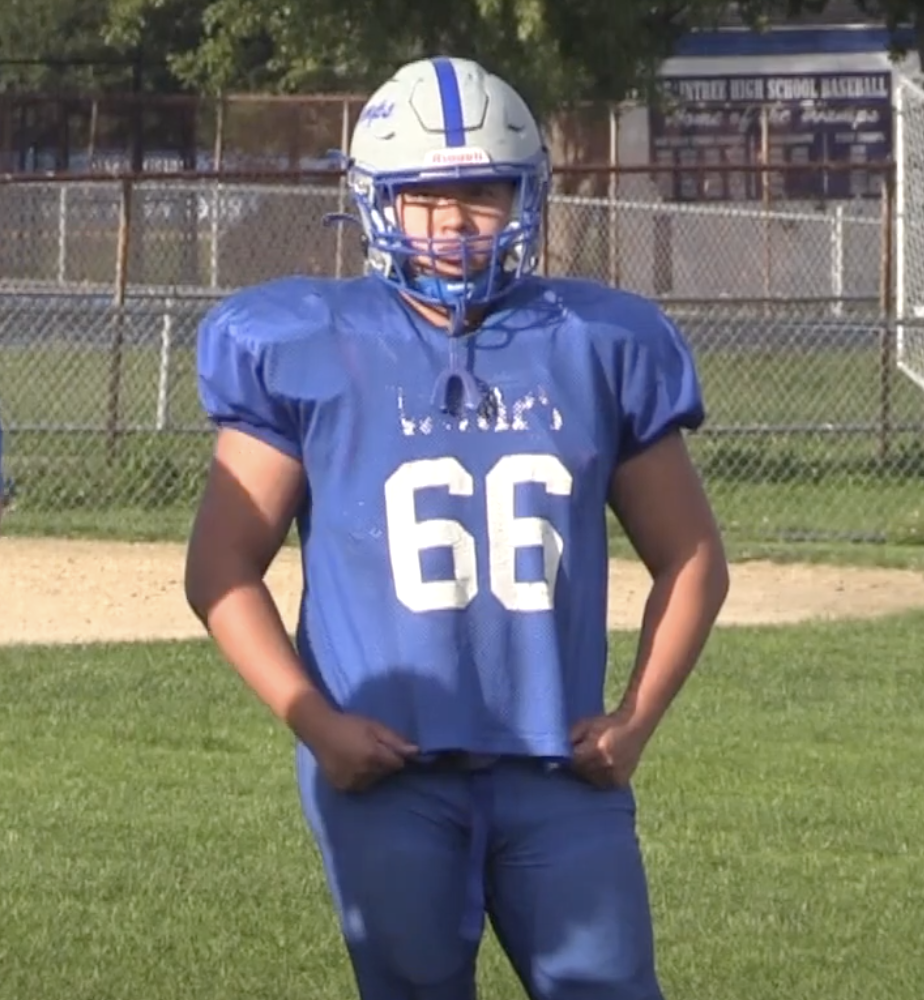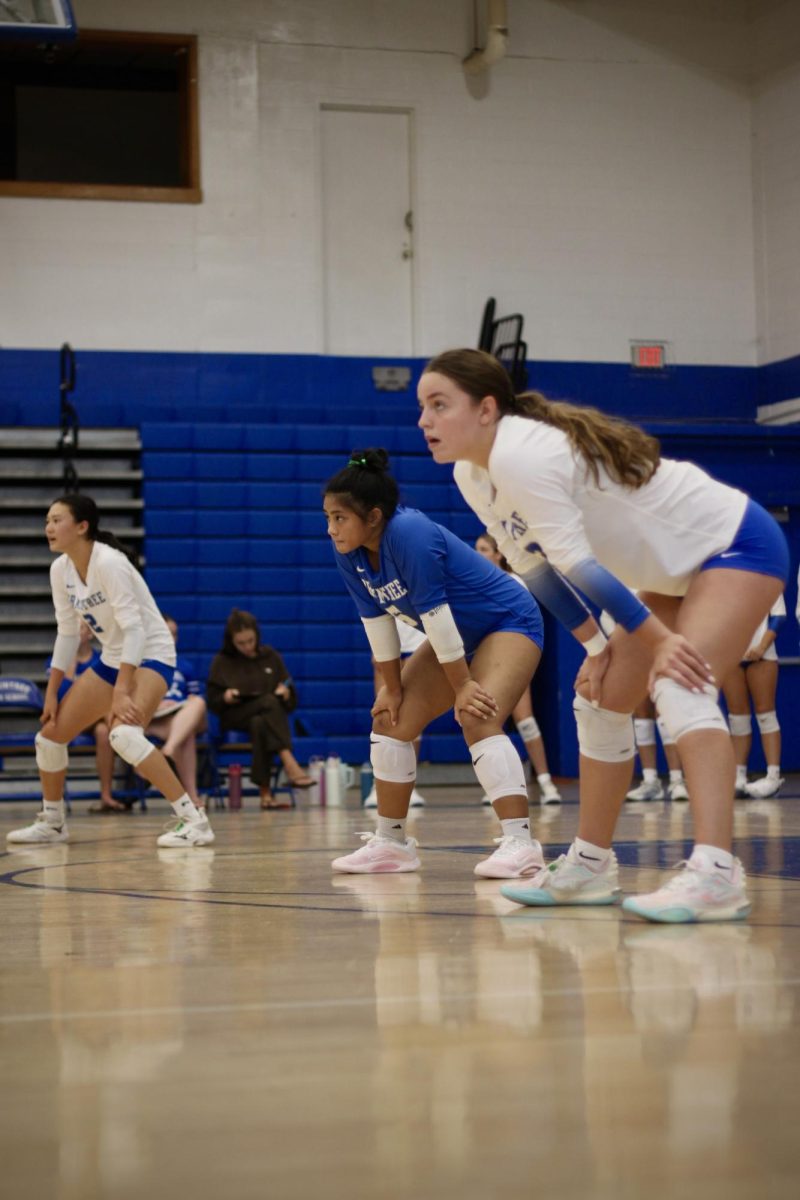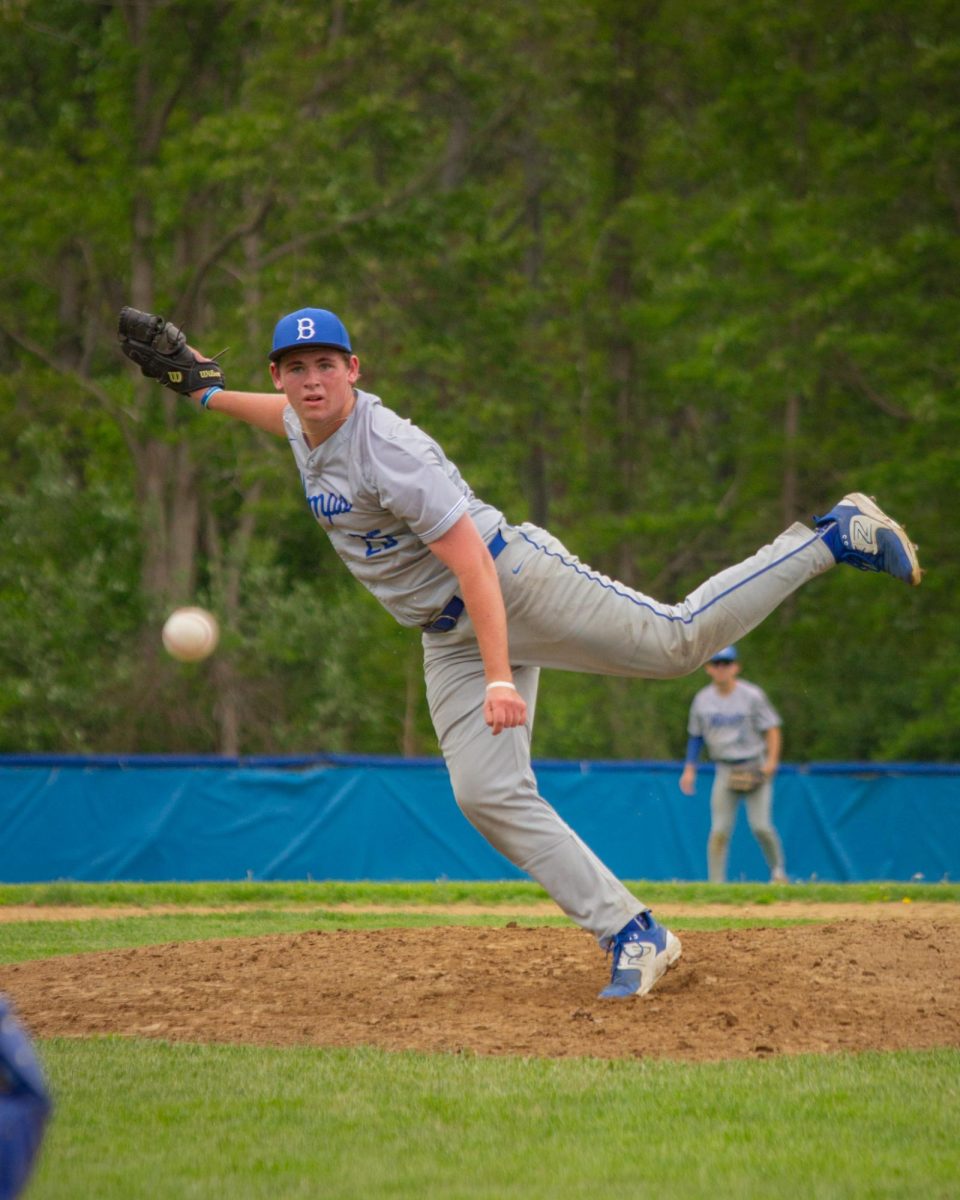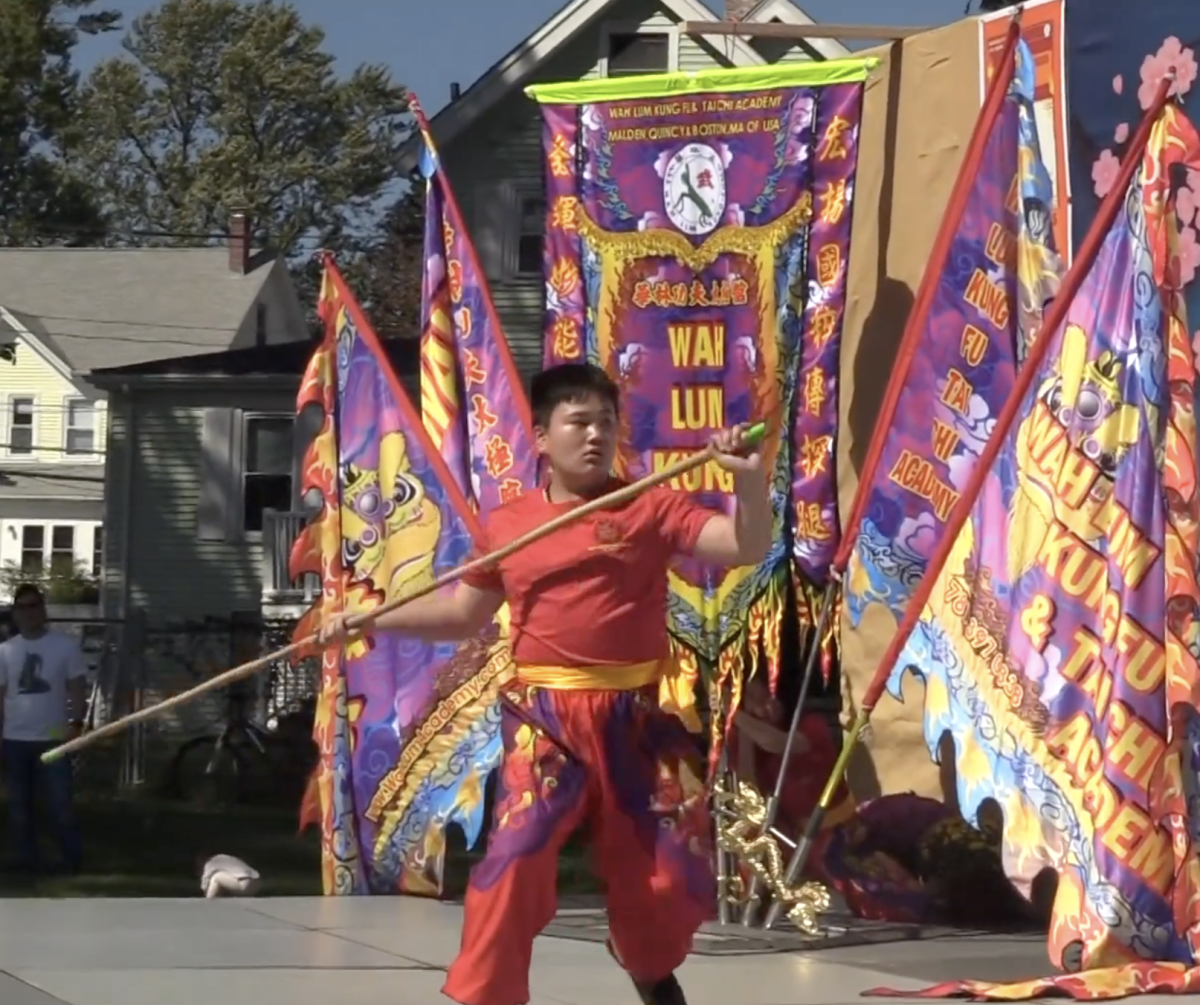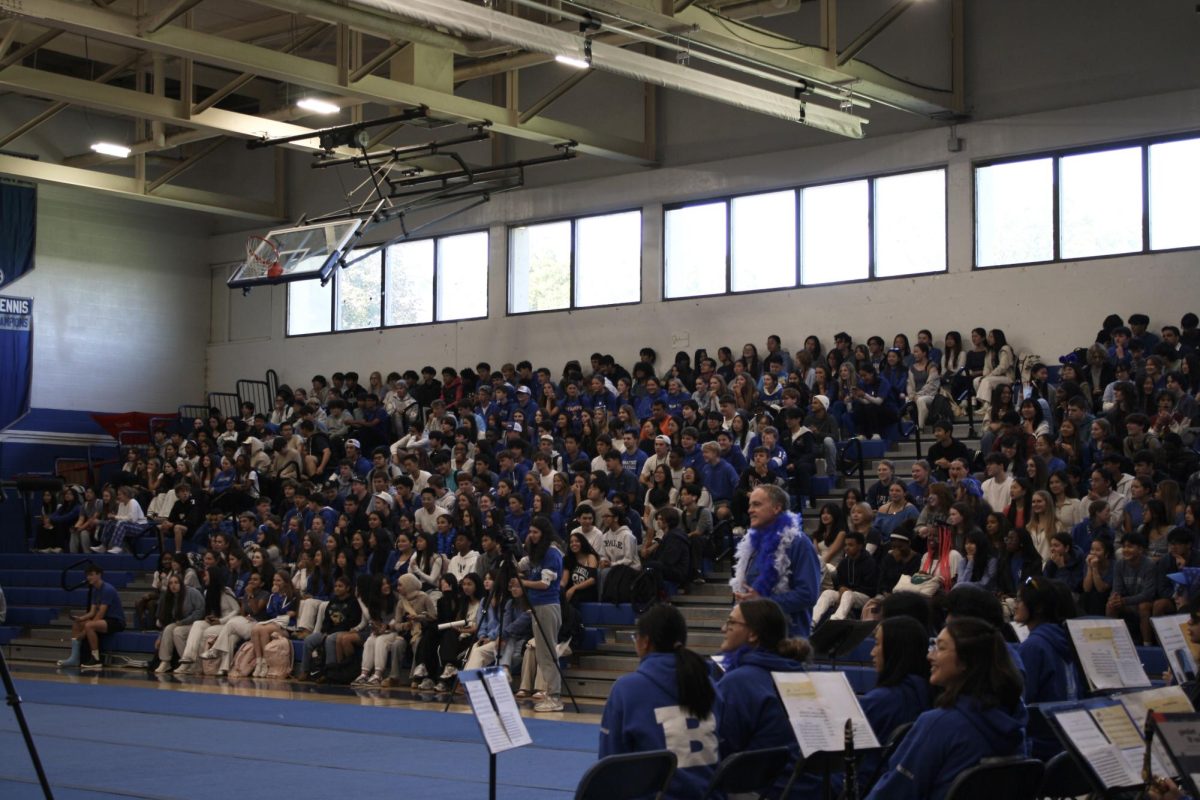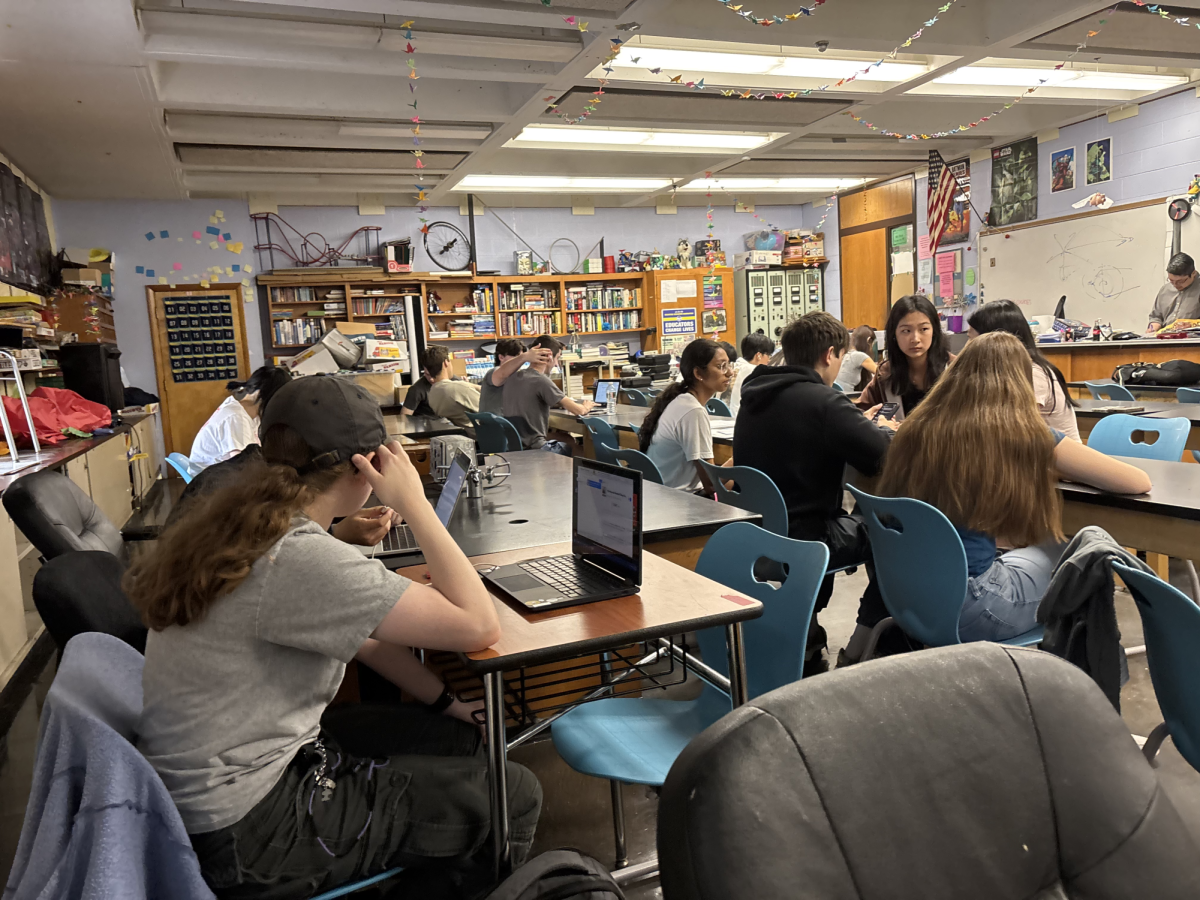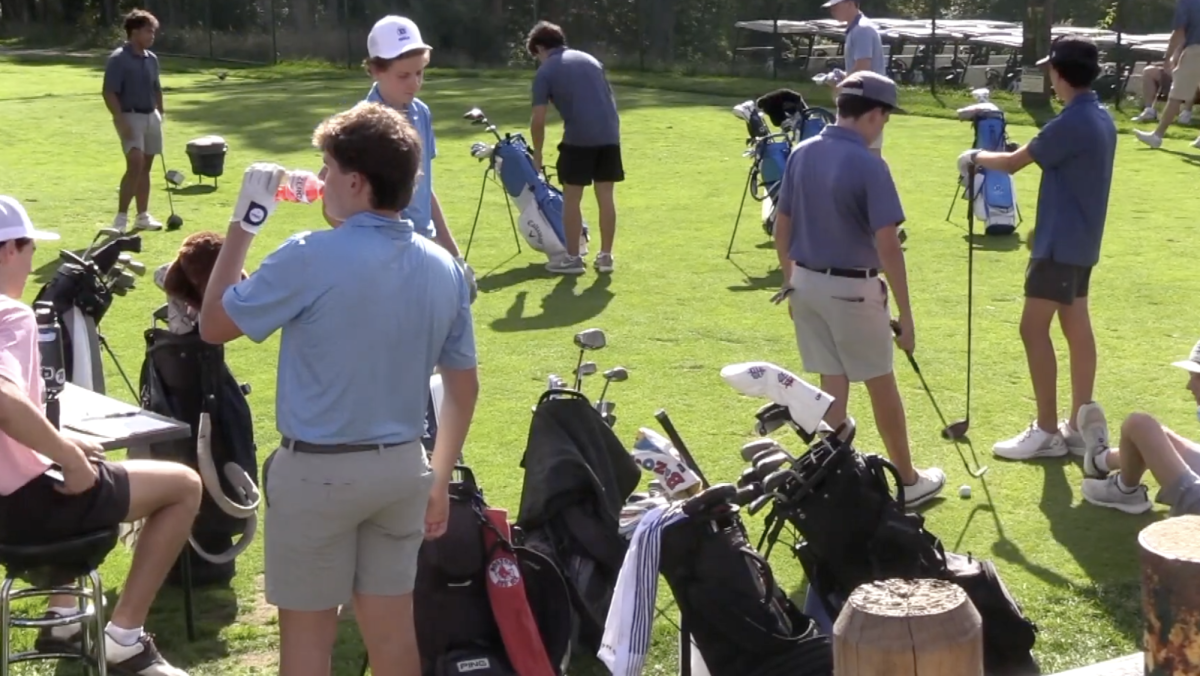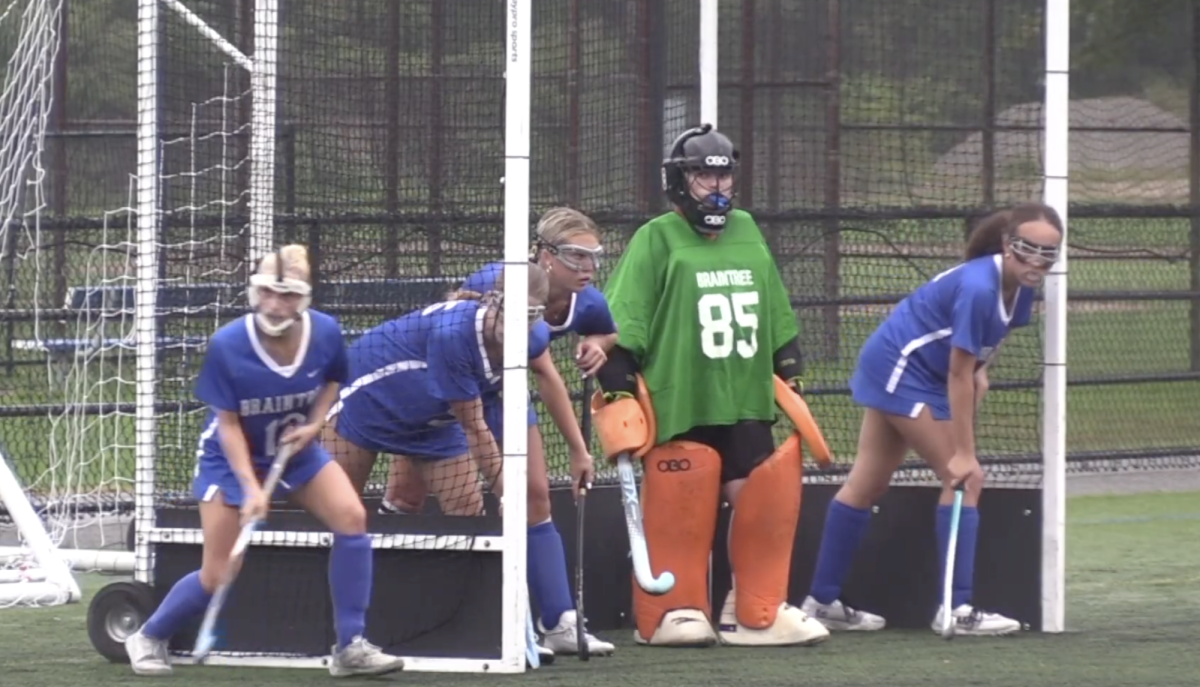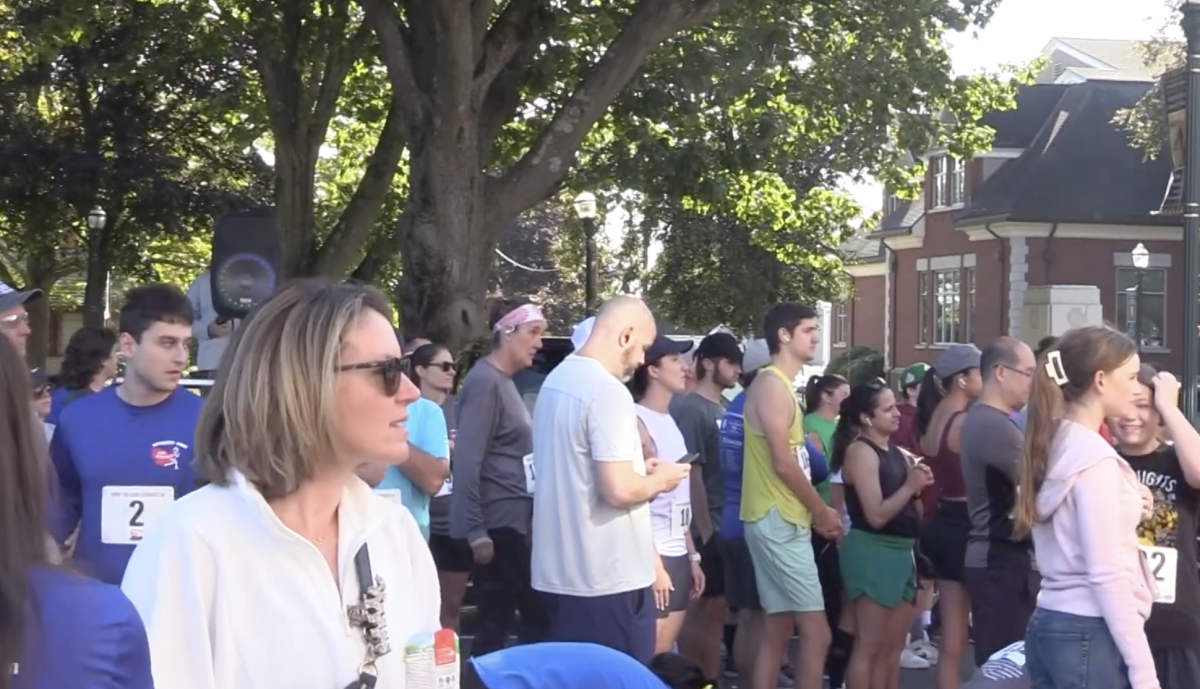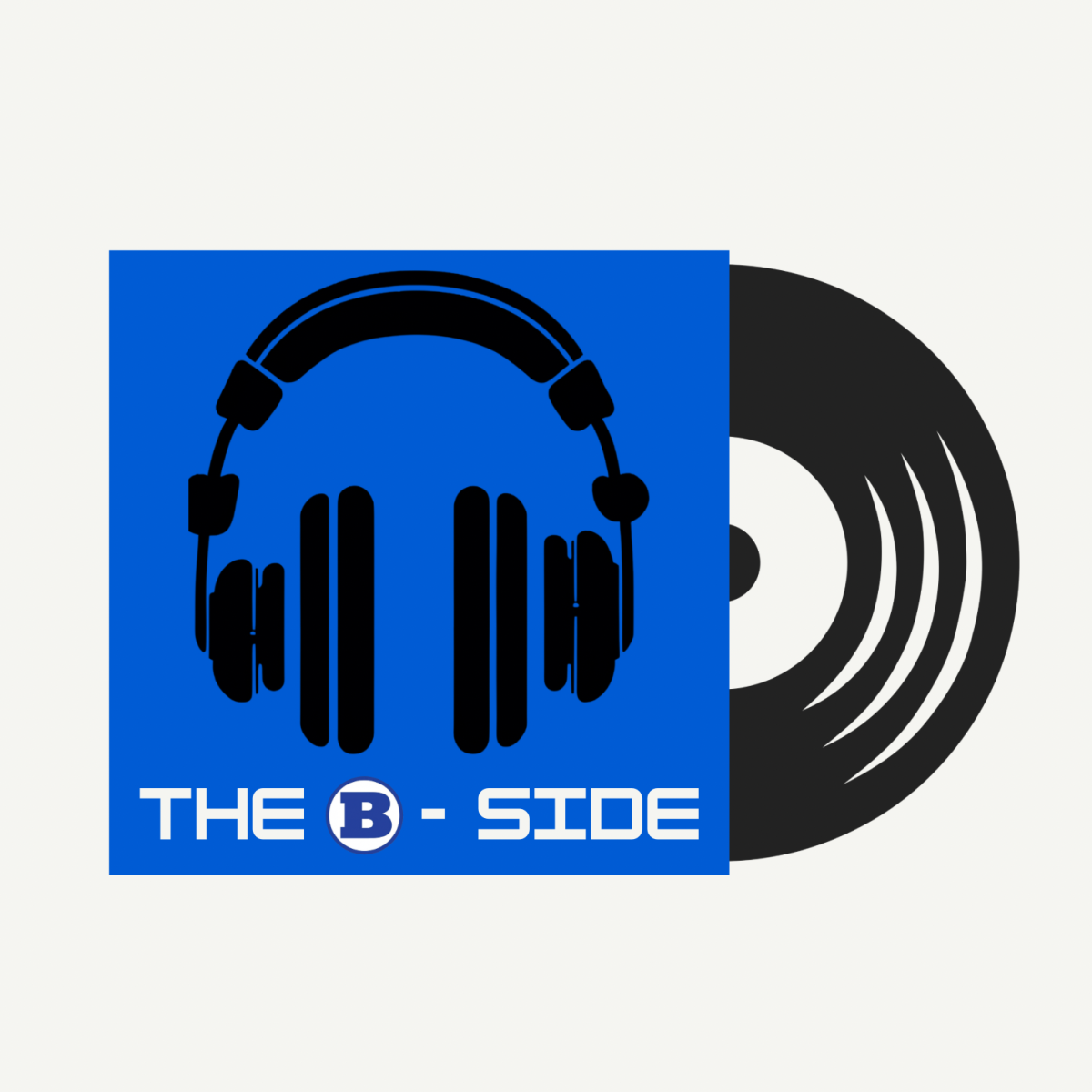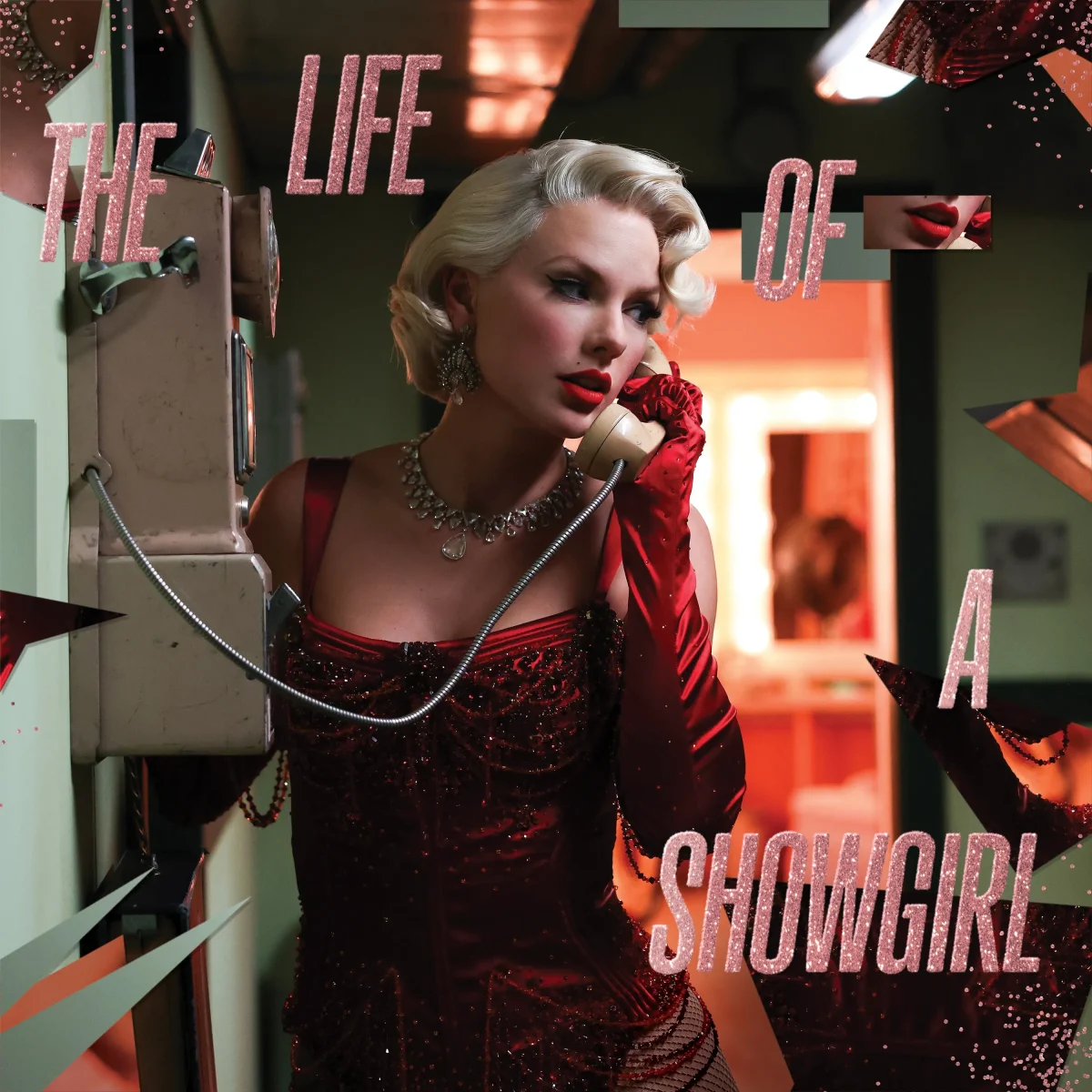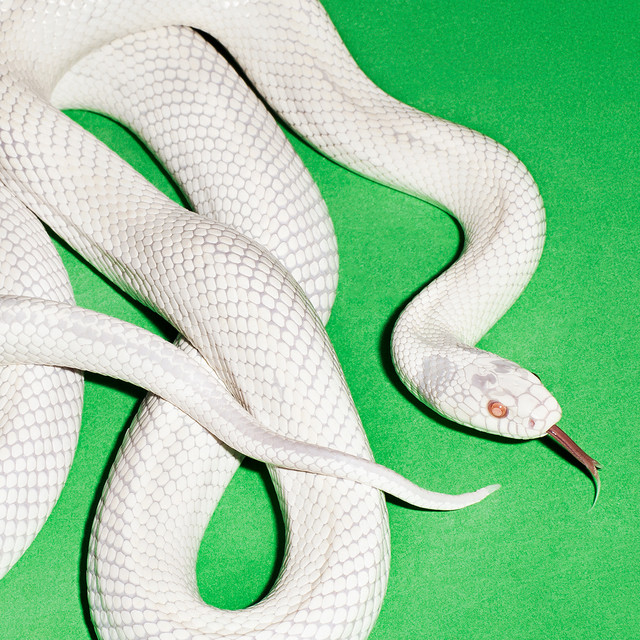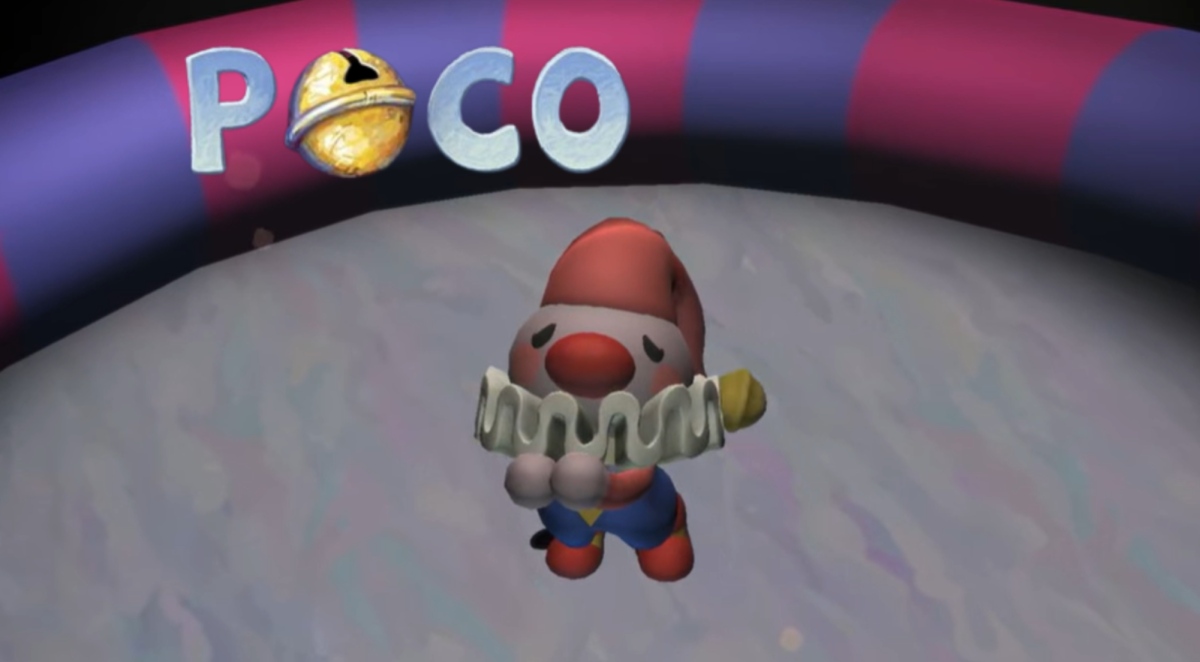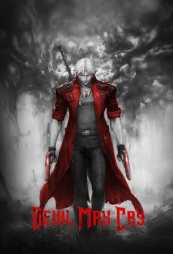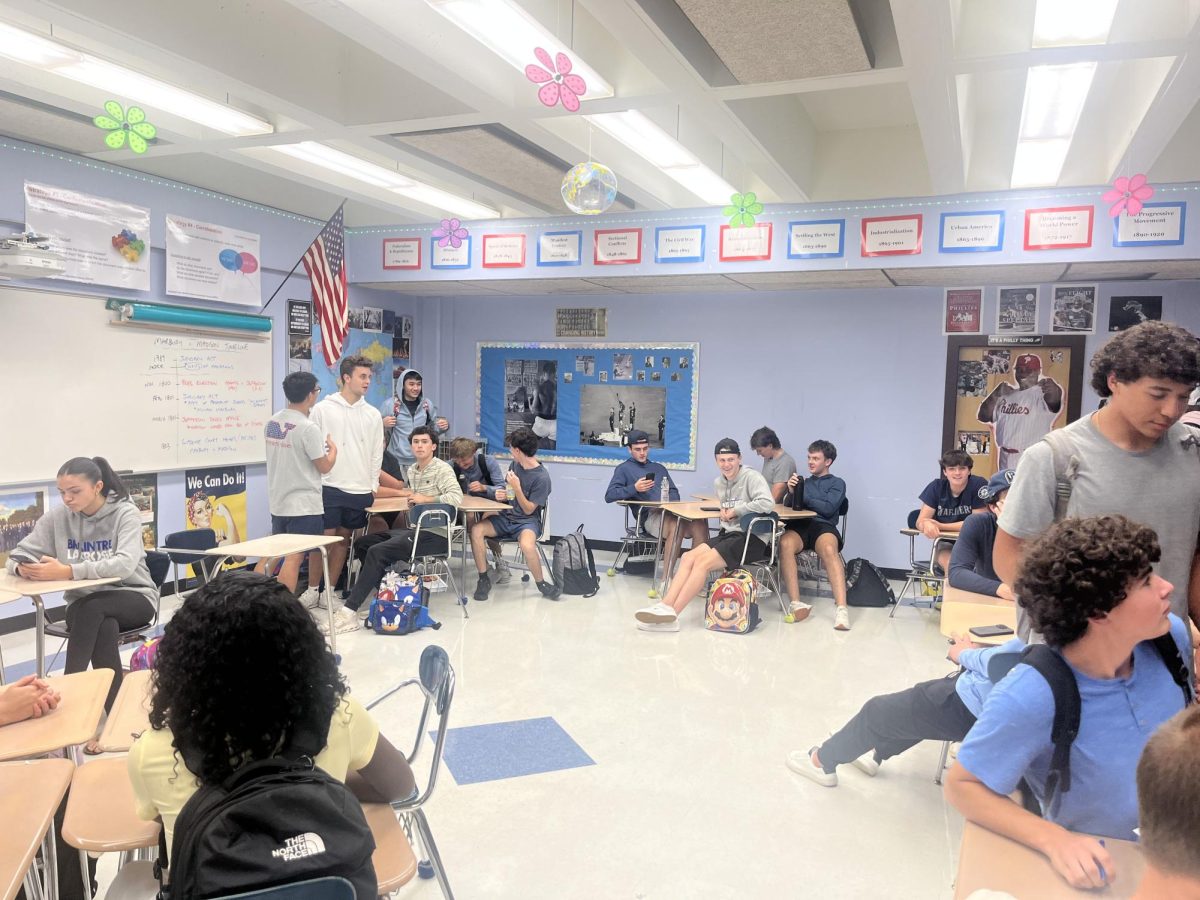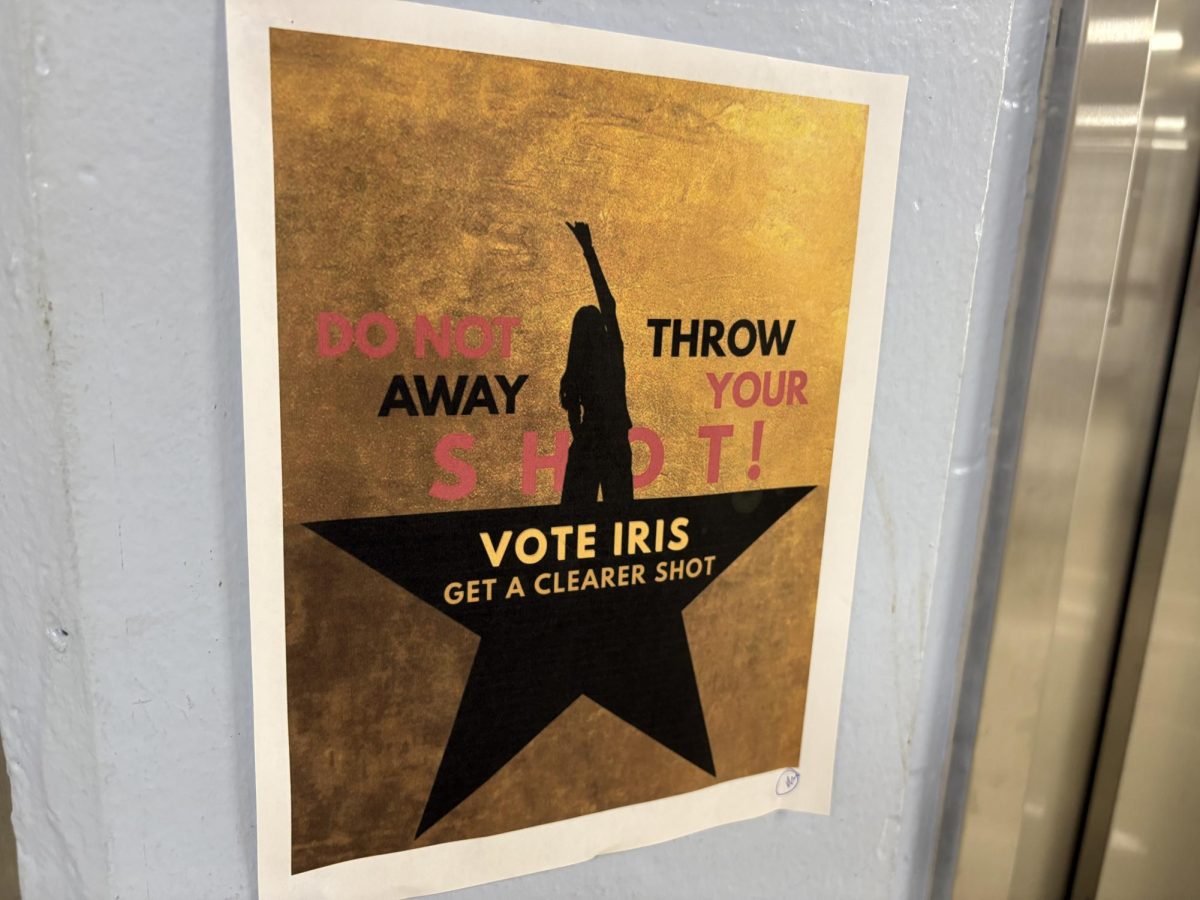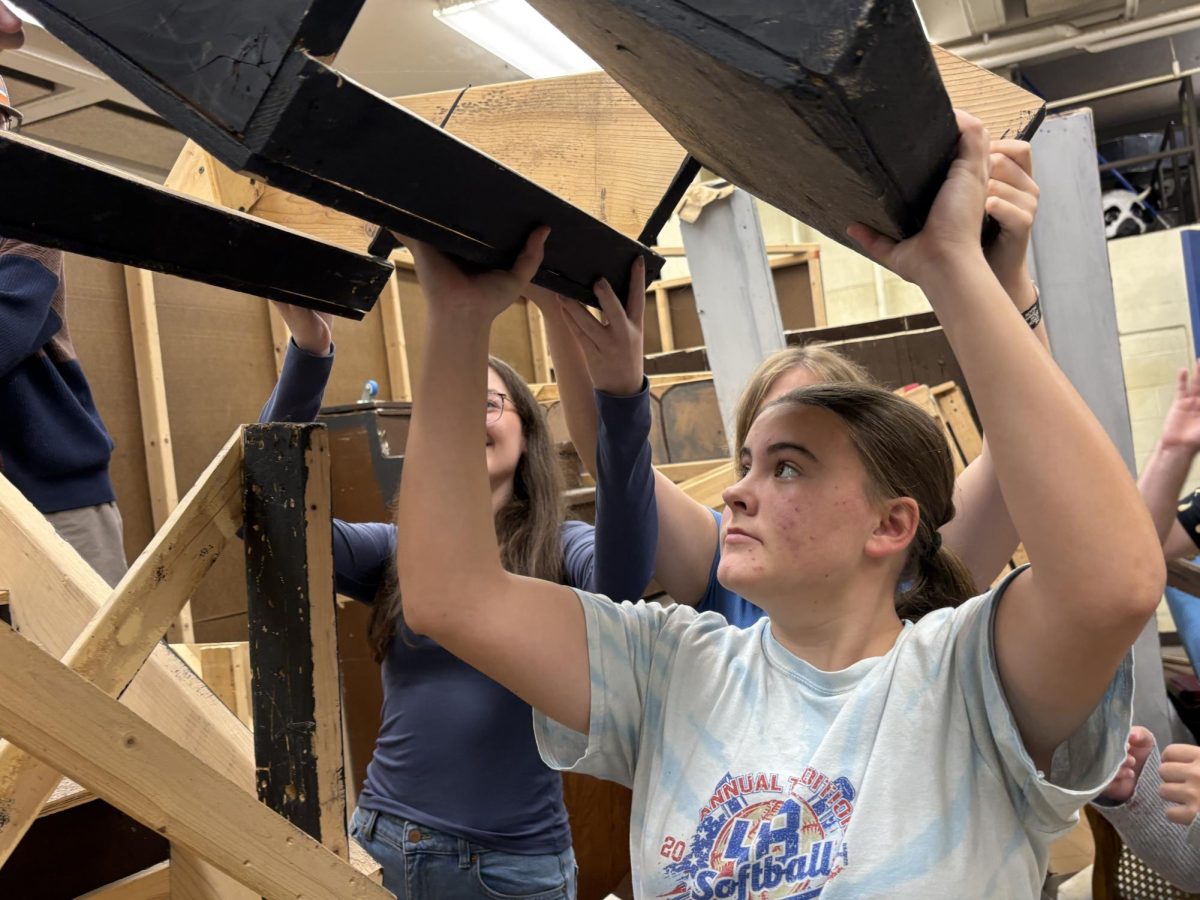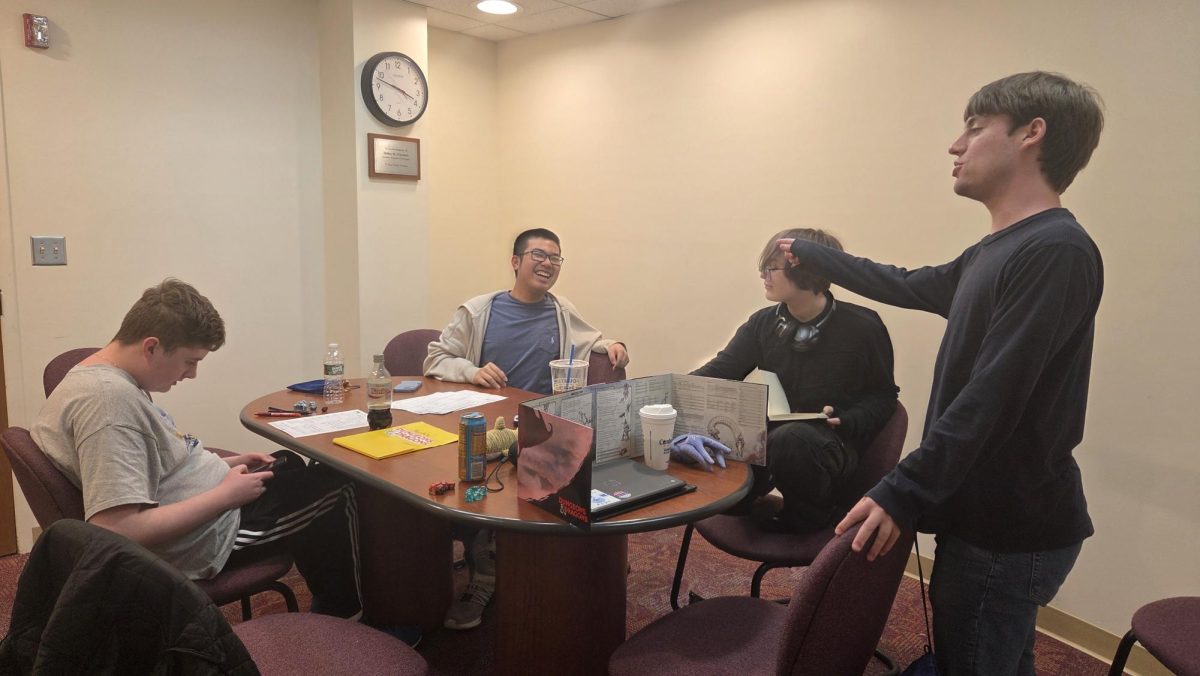During the 2024 Stand Up rally, students may have taken notice of Student Body President Manoach Bonhomne, a member of the jazz ensemble, who was sitting on and playing a small, strange-looking instrument.
“I play the Cajón in the combo settings when practicing or as an acoustic instrument. ” said Manoach, a member of the jazz ensemble that played during the BHS Pep Rally.
The cajón has made many appearances across different Braintree High School bands and performances, the most recent one taking place on Wednesday the 28th, where it was used in performances during Coffee House, an event where students are able to sing, play instruments, and present other performances in front of a small audience within the art room. The cajón was also used during the pep rally, played by Manoach B. in the jazz ensemble.
The cajón is an Afro-Peruvian instrument whose origins aren’t fully known.
“I think it was invented in maybe the past 50 years,” said Mr. Buckley in reference to the previously-mentioned cajón here at BHS. While it is true that the cajón has been more modernized over the years, this specific model was likely created within the past 50 years.
“Modern cajóns are also made from plastic and fiberglass. Although these materials change the tone of the instrument, they are stronger, more durable, and louder than traditional ones.” says ipassio.com. The idea of the instrument itself has actually existed for much longer than 50 years. The instrument originated from enslaved African people who were displaced to Peru during the Atlantic Slave Trade. One of the most popular theories regarding this mysterious instrument’s origins is that they would have been crafted using shipping crates for goods such as fruit, as well as other objects like dresser drawers. Additionally, it may have been created as a way to get around bans on music and musical instruments from the colonial government of the Spanish Empire.
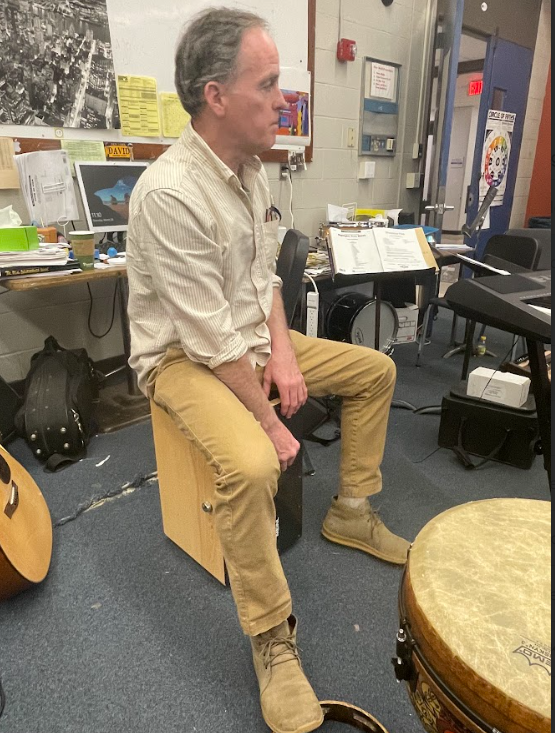



“To play the cajón, someone sits on top of it and slaps the back or front face with hands, fingers, and sometimes sticks or brushes.” The most common way to play the cajón is to use your bare hands, and slap the striking side; however, musicians that play the instrument frequently may use protective gloves and other gear in order to prevent bruises and blisters forming on the hands from constant playing.
“What I do is let my hand drop and I put more pressure on the palm as a technique to get a harder and richer sound, and a unique way to play it is with the fingers if it fits the setting.” said Mano. The cajón has also been easily adapted into drum sets by use of a bass drum pedal, playing the instrument by tapping a pedal with the player’s foot, akin to how a kick drum is played.
“You can sort of use it like a drum set,” Mr. Buckley stated. Hitting certain parts of the instrument can create sounds similar to other drum set instruments like hi-hats and bass drums. The cajón has also been adapted into a lot of jazz, where the player will strike the instrument with a metal or plastic brush rather than their bare hands.
Overall, the cajón is a unique instrument with interesting origins, and is not to be taken for granted. From the common piano to the obscure cajón, every instrument has its own unique story to tell.

